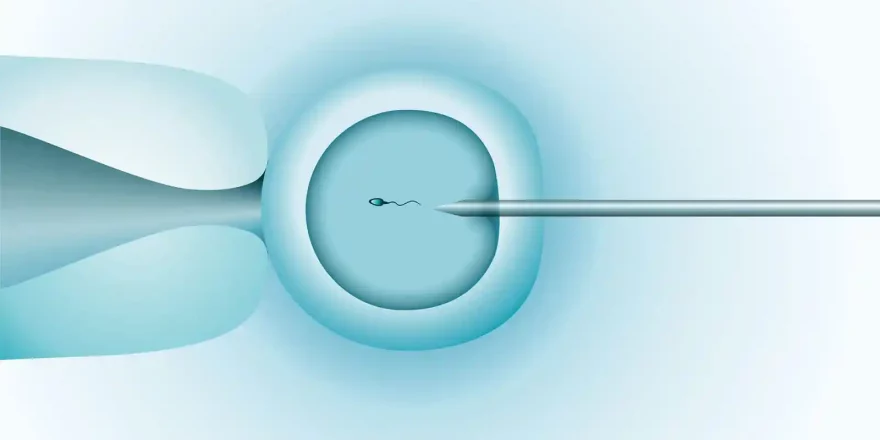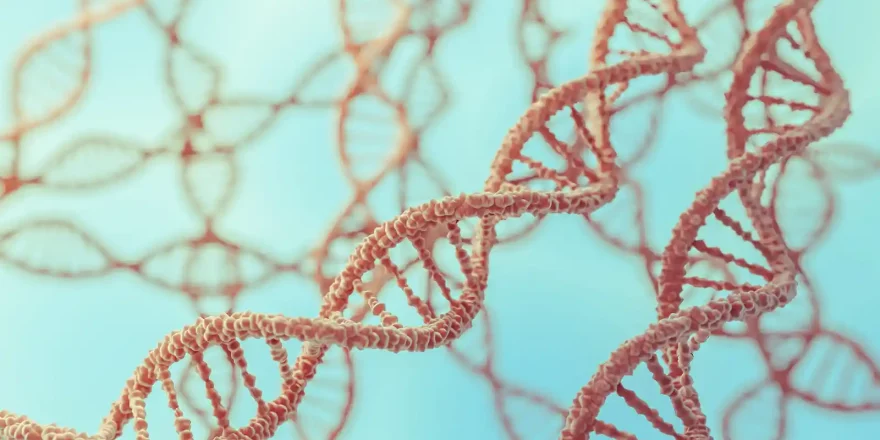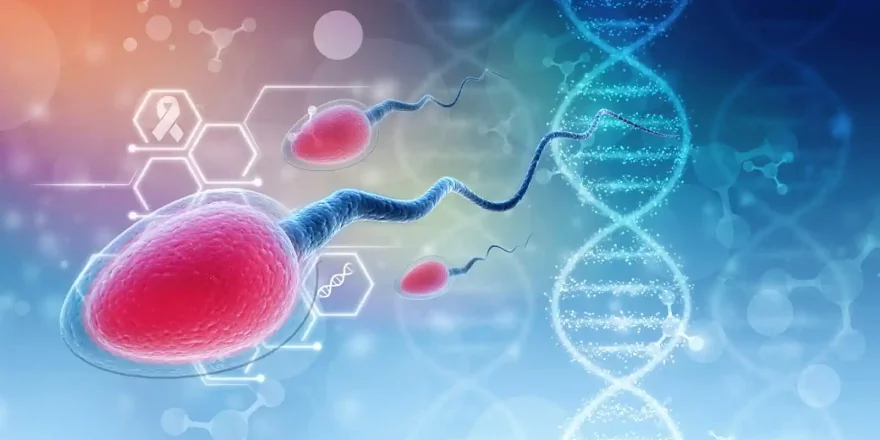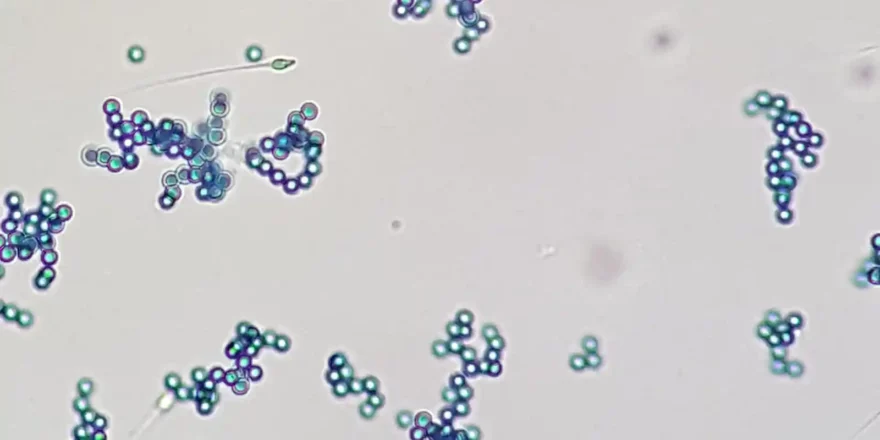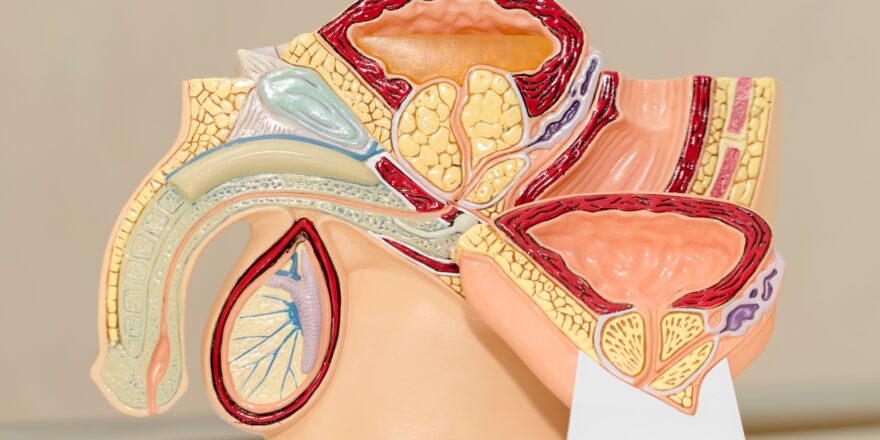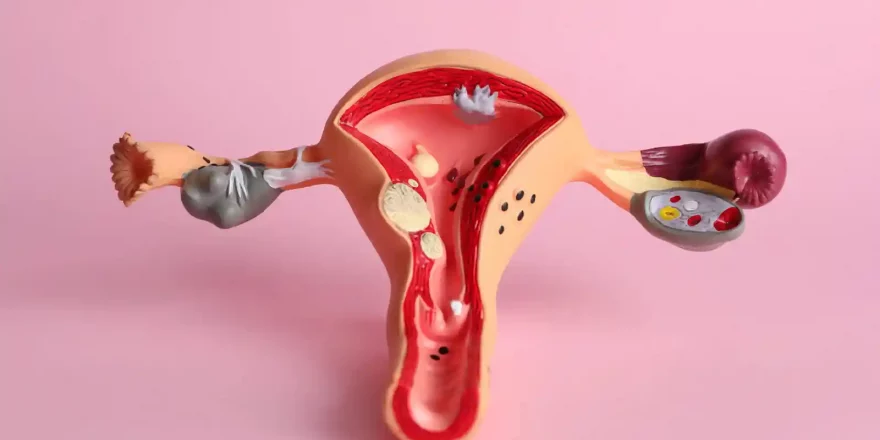Get pregnant explains how to dramatically improve the chances of getting pregnant each month and how to optimise your fertility by using some fairly simple techniques. Basal Body Temperature charting has been around for decades, and it’s a proven way to dramatically improve the odds of conception. It’s also very useful when women w...
BBT Charting
Basal body temperature charting (BBT) relies on two factors that change in response to female sex hormone levels. Temperature is one, and the other is changes in the cervix and the mucus it produces. Recording them gives a good indication of sex hormone levels and when ovulation probably occurred. The “golden rules” for taking BBT temperatures...
Sperm Penetration Assay
The Sperm Penetration Assay (SPA) checks to see if a man’s sperm can penetrate and fertilize eggs, and the SPA test is usually only performed when low IVF fertilization rates occur without any other explanation. For sperm to fertilize an egg, they need to physically bind with the outer layer of the egg cell (the zona pellucida) and then ...
Sperm DNA Fragmentation
DNA fragmentation is when bits of DNA on chromosomes separate or pieces of them break off, which causes disorganization within cells as DNA is the coding on our genes that “programme” all bodily functions. Having a complete and well-organised genetic code on chromosomes is crucial for health, and when two sets of chromosomes join a...
Genetic Testing of Sperm
Genetic testing of sperm is appropriate when couples are having difficulty conceiving or have recurrent miscarriages. Genes are the DNA “code” that makes us unique and human. All cells carry genes on twisted strands of chromosomes, and they determine most things relating to our health and development. Half of a baby’s chromo...
Anti-Sperm Antibodies
Anti-sperm antibodies (ASAb) are a significant cause of infertility and affect between 9 and 36% of infertile couples i. They’re an immune response to sperm that tend to affect men more than women. The standard semen sample analysis can be extended to check for anti-sperm antibodies, and we recommend all men do this if possible. Men and ...
Changing Male Fertility
Male fertility is changing, and men are becoming less fertile and the average man produces less semen and fewer sperm per ml with each passing decade. Semen samples from men born in 1925 had about 4x the number of sperm compared to samples taken in 2005. ii When the size of semen samples is compared in the last century, there’s a clear t...
Get Pregnant Quicker
Getting pregnant quicker is possible with a tried and tested method that significantly boosts monthly conception rates and is called “fertility charting” to identify the most (and least) fertile days in the menstrual cycle. Simply recording two things makes a massive difference to the chances of falling pregnant: The basal body temperature (B...
Sperm & Organs
Male sexual function is much simpler than a woman’s, and it revolves around the single purpose of getting large numbers of healthy sperm to reach an egg. Most male sexual organs are outside (rather than inside) the pelvic cavity and consist of four parts: Testes (testicles) held in scrotal sacs Genital ducts Accessory glands The penis Fig 1...
The Uterus & Fallopian Tubes
The uterus, Fallopian tubes and ovaries are the crucial organs for women’s fertility. While the ovaries release the eggs and sex hormones which control the function of the other organs, significant events happen in the uterus and Fallopian tubes. Eggs and sperm fertilise in the ends of Fallopian tubes, and embryos grow to 100 cells as th...



